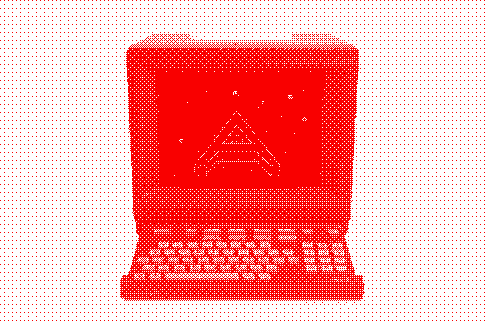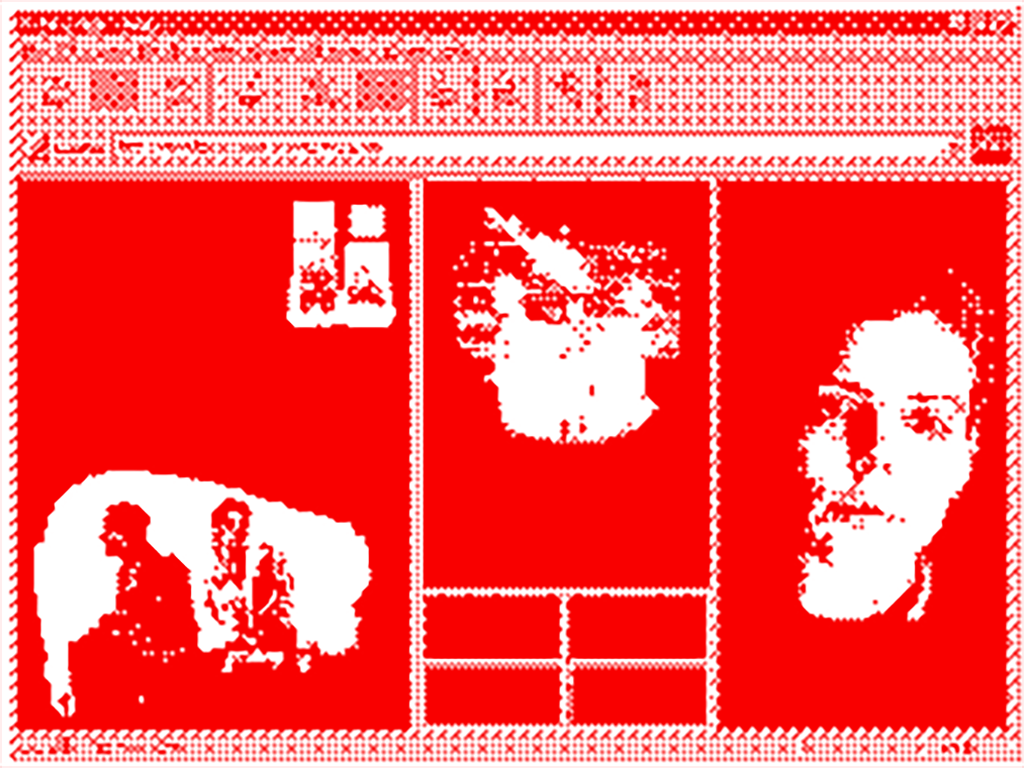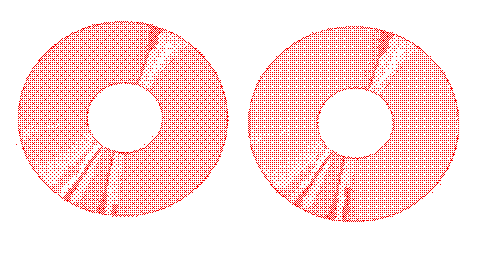

Starting in 1996 at the height of the net.art movement, which was formed as a parody of avant-garde digital movements, Olia Lialina’s work held a strong presence in the scene of countercultural net artworks. Featured in the first chapter of the Anthology, ‘MY BOYFRIEND CAME BACK FROM THE WAR’, embarks a new cinematic narrative using the components that make up the web. The work brought motifs inspired by cinematic production such as intertitles, stop-motion imagery, and close-up portraits into the interactive format of hypertext narrative. The interactive elements of the work open themselves up to a multilinear user experience, as the navigation items lead to smaller frames that eventually make up the montage of a woman and a soldier who finds out she has had an affair.
“Separate frames are joined together by HTML code and the browser itself are experienced in both space and in time, as a spatial and temporal montage."(Manovich, 2017)
After expressing the heavy influence of cinema in this work, Lialina coined the term ‘net.language’ - a phrase in response to net.art that embodied the ideologies behind film-making, using its formal aspects to reflect on how the internet could be experienced. When considering blurring the parallels between film and net art, Lialina thought heavily about camera and post-production techniques: pacing, angles, framing, delayed motion. Net.language also facilitated a space for collective memorialization or the internet’s approach to autobiography and retelling stories from the past. According to Lialina, the internet connects an individual user experience to an even broader connection of social history and discourse. This work became a hallmark of the early 90s web, not only in narrative quality but in its visual aesthetics. The bitmapped, pixelated style of this work set a foundation for the early internet aesthetics of the 90s, placing a huge emphasis on fragmented bits of visual information—a style of design we still associate with this era today.

In the early ages of the web arose research projects that prompted questions about the interactions between the human body and the internet technologies that were still being beta tested. Corpos Informáticos 2002 research study, ‘Telepresence 2’, conducted experiments into the relationship between the body and communication networks. The experiments emerged a term they coined ‘telepresence’ in which they argued that, “the [internet communication] network offered its users not an escape from reality, but a new possibility of meeting and communicating with others.” This widely became known as a progressive outlook of the internet that predicted the all-too-familiar nature of web platforms we now know as social media, and how people could/would present themselves in a digital space. Completely unscripted and open to interpretation, the experiment compiled hundreds of people's “performances” across the worldwide network using a low-resolution webcam. This experiment encouraged its participants to share a sensory experience in order to blur the lines between self, other, and environment, questioning how our physical bodies are constantly being re-dimensioned by new technologies to create new consciences.

“Images of bodies (spectral) also makes us aware of our own - printed, broadcast, distored, corrected images… one that becomes object of desire, desire of being, desire of becoming, and yet desire of manipulating, of possessing.”(de Medeiros, 2002)
They argued that computer networks were leading to greater developments in the human body that was more concerned with expansions of consciousness, not the transformation of literal flesh. The essence of this project was to illustrate the utopian space of the early web as they witnessed its coming-of-age - that humans were to build relationships with the web that was more than just co-existence, but that became part of an individual and collective cognitive evolution.

Among the early net anthology arose an important study done around the art movement ‘Neen’, founded by Miltos Manetas and Mai Ueda in the early 2000s. The group of people–self-proclaimed “Neensters”–conducted experiments around single-serving websites in early Flash developments. This project was in response to “art, culture, and life at a time when everything began to be distilled through screens.” Their aim was to play with the preexisting structures and gray areas surrounding commercial art and the up-and-coming commercial internet, using their background in painting and other analog mediums to create new approaches to web design.
“Our visual landscape is a fresh one - because of the digital revolution, there is a need to create a special environment for the arts - a utopia. A new word could define this environment”
The creators of Neen describe these single-serving sites as a miraculous feat of digital nature, playing with the space that floated between contemporary and digital art. Neen pioneered the way to a progressive web in their successful efforts to combine animation, 3D elements, and performance within the power of a browser. This movement went on to inspire web artists in the later years as the increased interest in a browser’s artistic potential rose.

In 2010, Rafaël Rozendaal created a series of interconnected works using single-serving websites as his artistic medium. Avant-garde, ambitious, and high-vibrational in its time, Rozendaal challenged the browser space as it was transformed into a figurative space, making room for abstrusity presented on the web.
“These works often prompted users to perform tasks that were stripped of their usual meaning or function. Thus, they framed interaction as a gesture or experience in its own right, rather than simply a means to an end.”(As told by Rhizome)
His work, ‘Into Time’ acts as an interactive piece that uses randomized, pulsing gradients that divide the screen with each click (most similarly in interaction to Olia Lialina’s early work as mentioned previously). Rozendaal’s approach to interactive artworks acted as means to gamify the user experience, which forms a unique output with each cumulative action.

“Browser-based artwork complicates the idea of an artwork as a unique object to be viewed in a specific time and place, and the value it derives from this condition.”(As told by Rhizome)
His body of single-serving sites asks questions about art that can be disseminated and passed through time: there is no completed state of the work, no distinct narrative, and a piece that can only form in response to a user's gestures. This work, as well as a lot of single-serving sites and internet artworks after this time, exist to be ubiquitous, adaptable to one's environment, and technological conditions.
Whether literal or abstract, the messages made from internet art have emerged in social movements reaching an international scale. Some of the later works shown in Chapter 5 ‘The Reprise’ of Net Art Anthology from the mid-2000s to 2018 were made in response to and critique of political phenomenons.
Devin Kenny’s ‘Untitled/Clefa’ was a 2013 performance artwork that circulated memes that re-enacted images of anti-black violence as means of critiquing why news media should not publicize and circulate imagery of black death.
UBERMORGEN’s 2006 project, ‘Vote-Auction’ was an online auction platform created during the 2000 US presidential election that claimed to allow Americans to sell their vote online in order to “bring capitalism and democracy closer together”. This mocked the language of governmental institutions and the inconsistencies between political discourse and political practice.
Though these works were a zeitgeist of their time, the relevance of the issues they were responding to still remains and the form of this critique is ubiquitous.

These prominent works have led to, as well as acted as a catalyst for those making web-based art in the lived present and speculative futures, using the tools in their technological environments for self-expression, to reflect on cultural issues, and/or to break societal standards that perpetuate materiality and inaccessibility. Early net art websites have unlocked new anthropology on the potential of the web, and while we innovate upon digital systems in their narrative contexts, the archival of these exhibits remain essential to making radical developments in internet art. As ephemeral as the web seems to be, Net Art Anthology makes the preservation of these works last in their own permanent values and contributions to the web we know today.